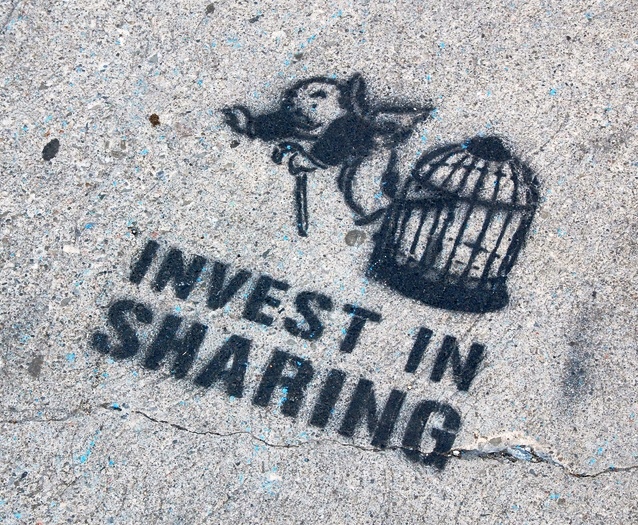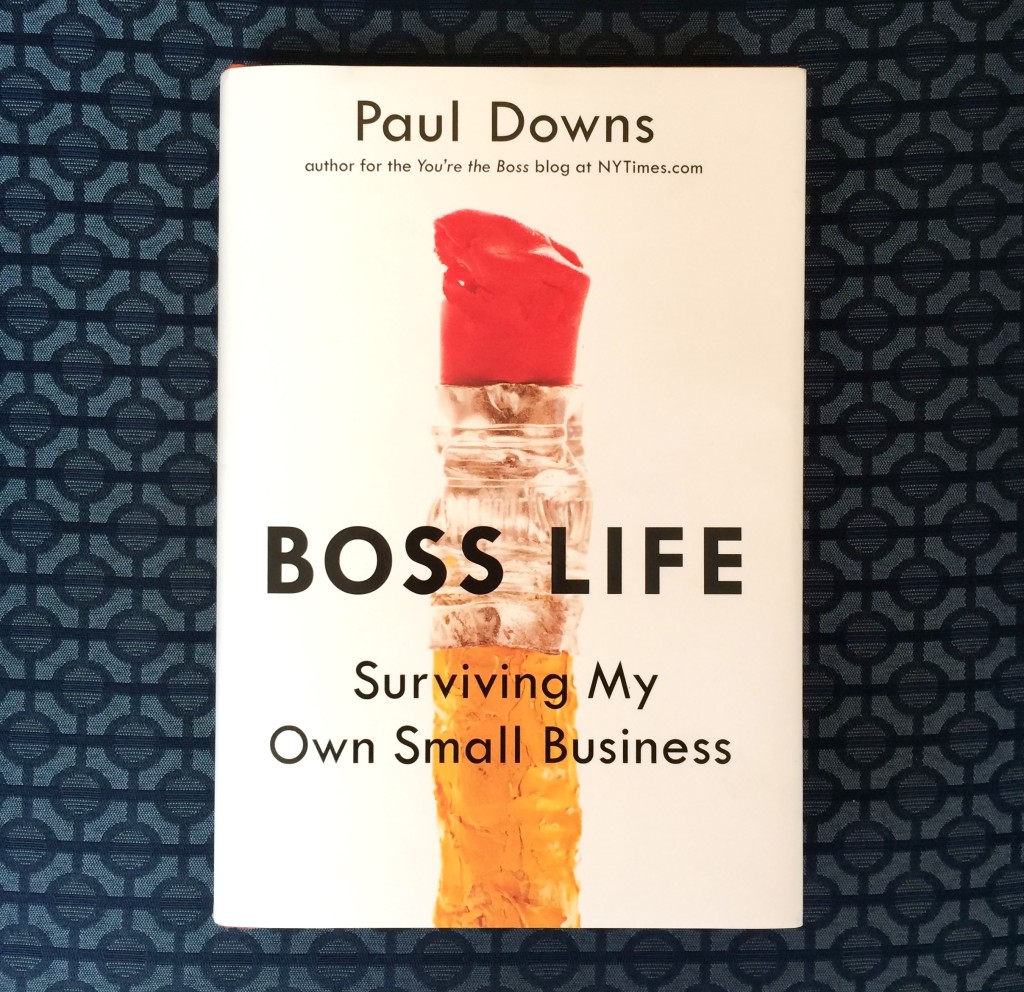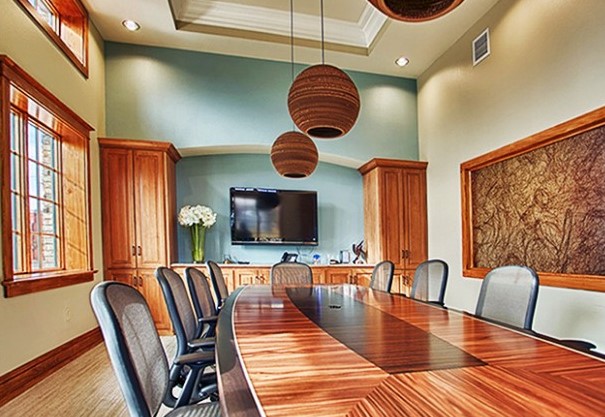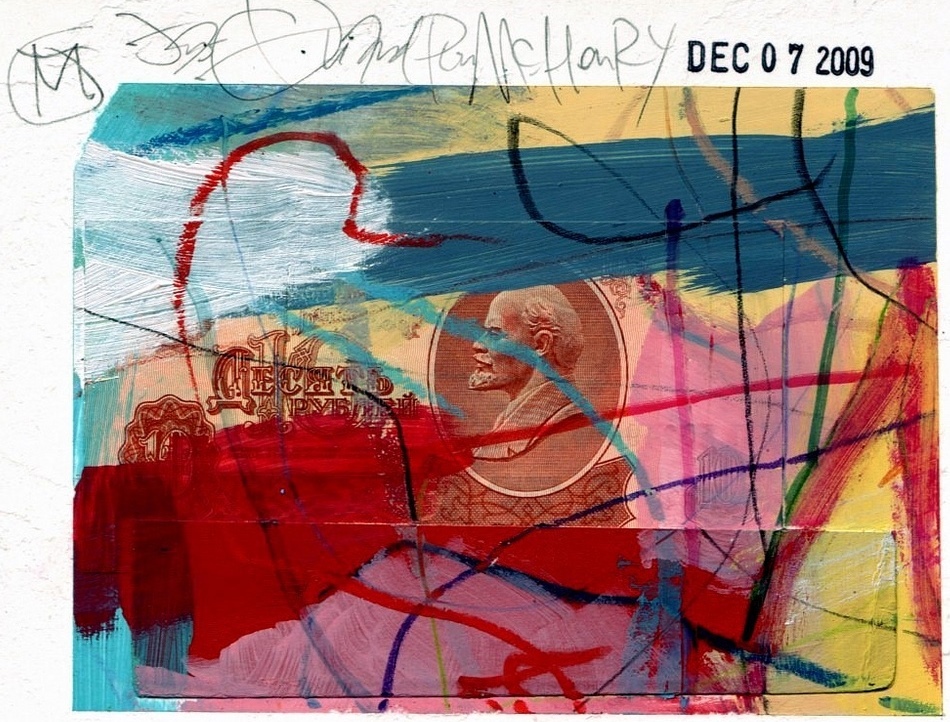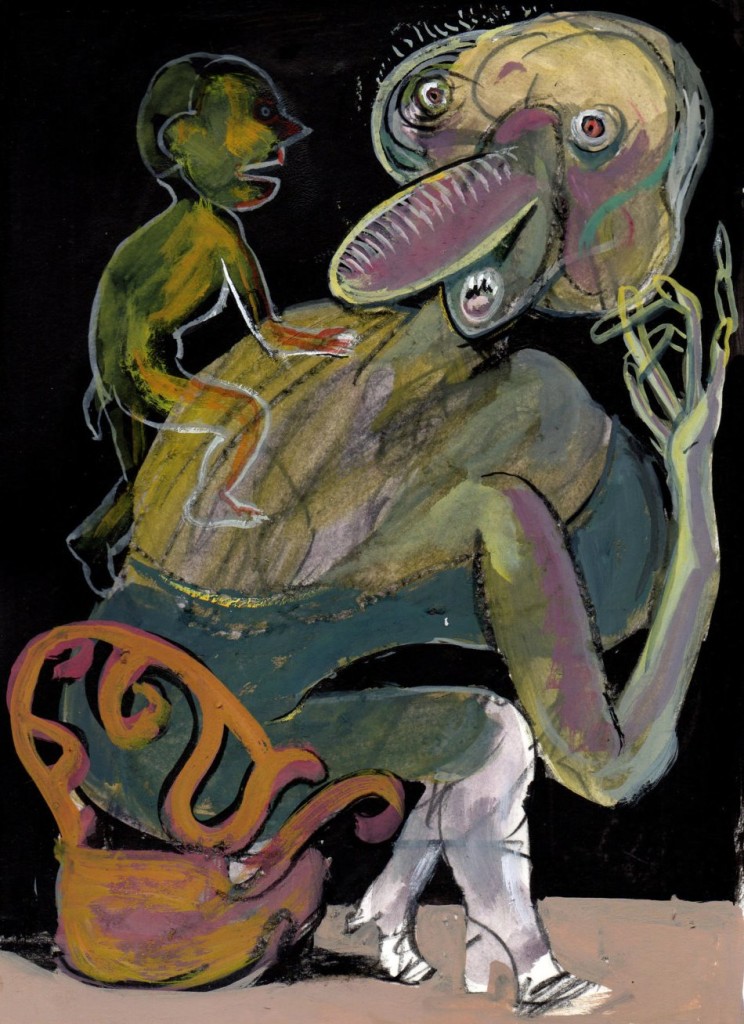
I want to share my new personal budget. My salary recently jumped $25k — I graduated from $30k per year with no benefits to $55k per year with insurance and other benefits. This triggered the necessity of re-budgeting, in a wonderful way! Having more money is great.
You can check out the spreadsheet, but I’m probably going to adjust that over time, so here’s how I’m currently breaking things down in terms of approximate monthly costs:
- Rent and utilities: $750 (I live in Richmond, CA; soon will be sharing a one-bedroom apartment with my boyfriend)
- Car insurance: $84
- Health and dental insurance: $300 (I elected to stay on my parents’ plan and receive a monthly credit from my employer)
- Food: $200
- Cell phone: $52
- Netflix: $10
- Internet: $17
- Planned Parenthood donation: $10 (tax-deductible)
- Saint James Infirmary donation: $10 (tax-deductible)
- Stratechery membership: $10
- Longreads: $5
- The Marshall Project donation: $10 (tax-deductible)
- Latterly: $2.67
- Gimlet Media: $5
- Instapaper: $2.50
- BigCartel: $9.99
- Vanguard Roth IRA: $460
Total cost: $1,938.16. Since I’m drawing $4,583 monthly (approximately $3,070 after taxes) there’s about ~$1,000 of room for me to give more to charity, spend more on media, and save more! Woohoo. I’ll have to figure that out. At the moment I particularly want to focus on charity — I’d like to increase my donations to Planned Parenthood and the Saint James Infirmary, but PayPal doesn’t offer any immediately obvious way to do this. I’m also considering Compass Family Services.
Frivolous possibilities: The Economist for $13.33/month and Stack Magazines for $8.30/month.
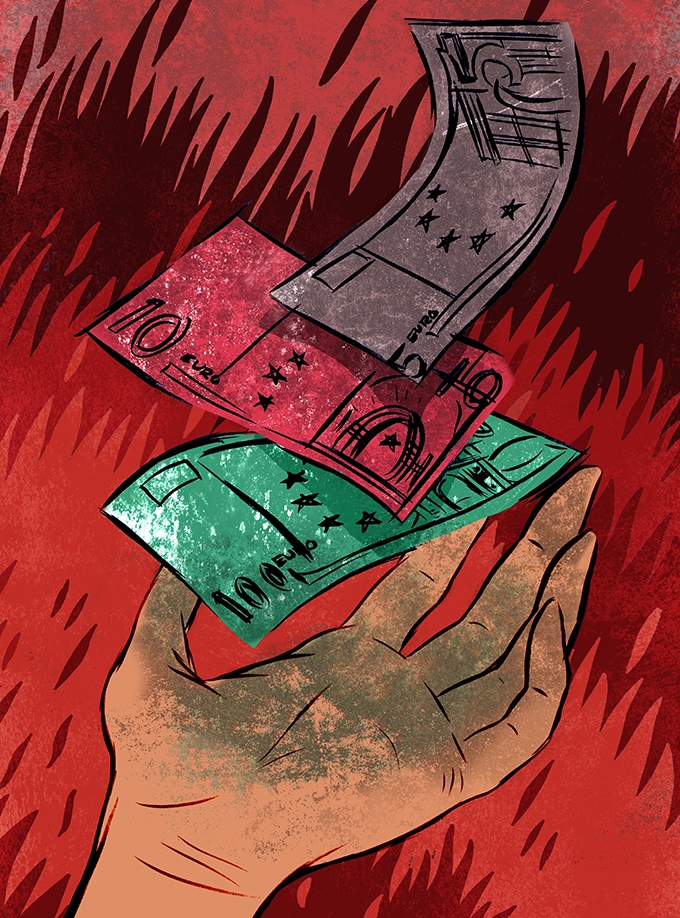
Edit: I posted an update, and then an article about why I choose to be financially transparent.



